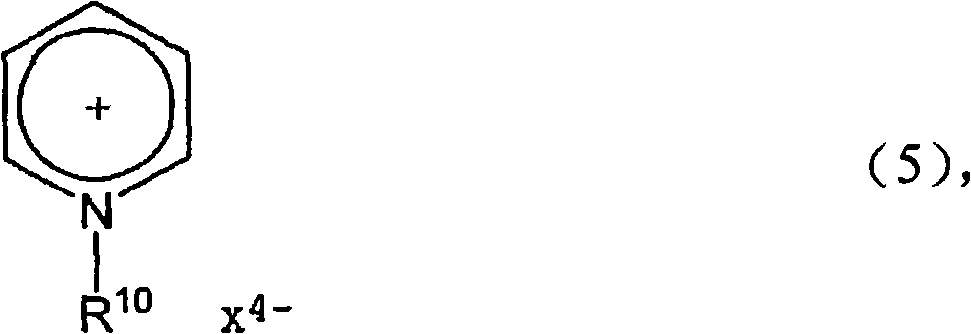Process for converting Si-H compounds to Si-halogen compounds
A technology for converting into silicon compounds, applied in chemical instruments and methods, compounds of group 4/14 elements of the periodic table, organic chemistry, etc., can solve problems such as expensive catalysts, slowness, and progress of reactions
- Summary
- Abstract
- Description
- Claims
- Application Information
AI Technical Summary
Problems solved by technology
Method used
Image
Examples
Embodiment
[0058]80 g of tetrabutylphosphonium chloride was charged into a tubular reactor with an inner diameter of 20 mm and a length of 600 mm heated by a heat carrier (heat transfer medium). At a heat carrier temperature of 90°C and an overpressure (gauge pressure) of 10mbar, the guide contains 360ppm of ethyldichlorosilane and 1300ppm of C 7 -C 8 A gaseous methylchlorosilane fraction of 230 g / h of hydrocarbons was passed over the catalyst together with 1 L / h of hydrogen chloride. The height of the bubble column is about 500mm. The product was concentrated by gentle reflux in a 30 cm long packed column and analyzed by GC. It contains 20ppm of ethyldichlorosilane, C 7 -C 8 Hydrocarbons are not cracked.
PUM
 Login to View More
Login to View More Abstract
Description
Claims
Application Information
 Login to View More
Login to View More - R&D
- Intellectual Property
- Life Sciences
- Materials
- Tech Scout
- Unparalleled Data Quality
- Higher Quality Content
- 60% Fewer Hallucinations
Browse by: Latest US Patents, China's latest patents, Technical Efficacy Thesaurus, Application Domain, Technology Topic, Popular Technical Reports.
© 2025 PatSnap. All rights reserved.Legal|Privacy policy|Modern Slavery Act Transparency Statement|Sitemap|About US| Contact US: help@patsnap.com


